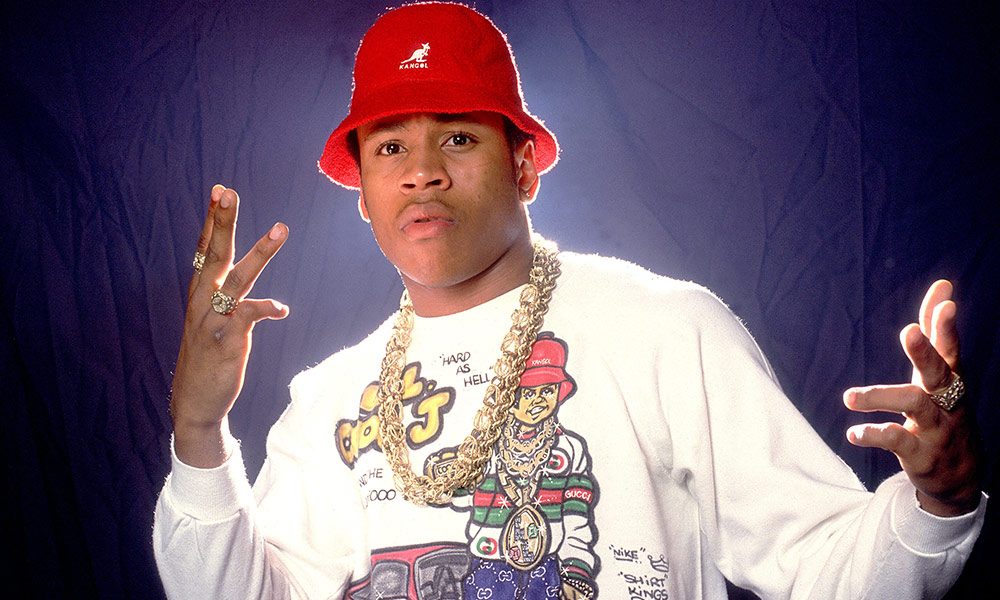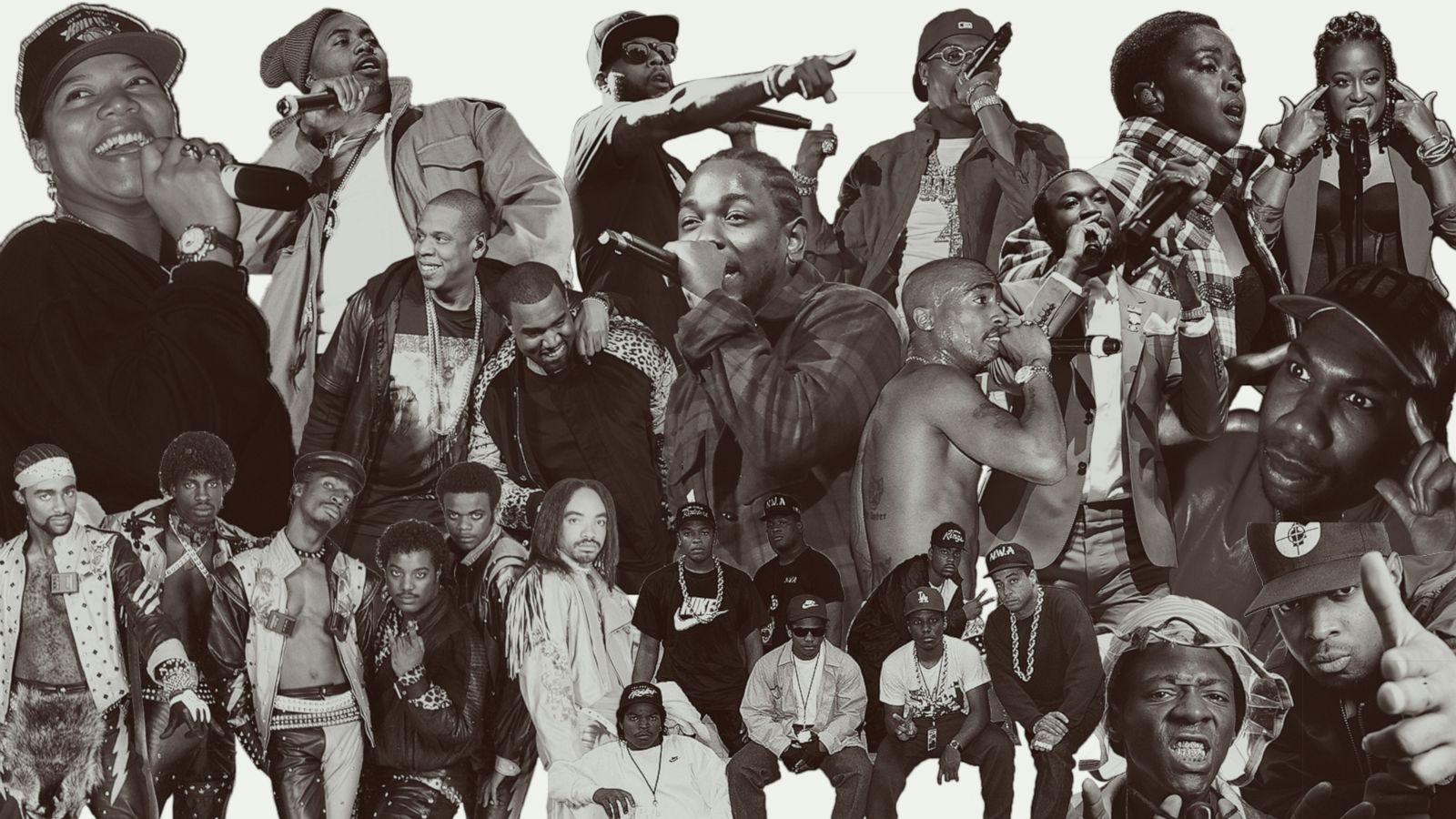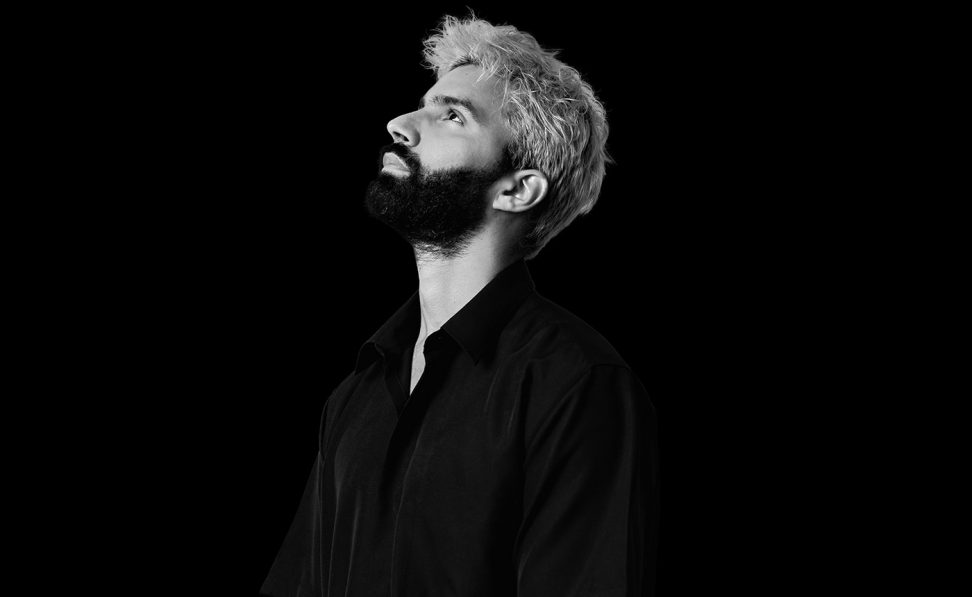
Hip hop, as a cultural and musical movement, emerged from the streets of New York City in the 1970s, leaving an indelible mark on the world. The genre, which began as an underground expression of urban life, has since evolved into one of the most influential music styles globally. But before it became a worldwide phenomenon, there were the pioneers—the artists, DJs, MCs, and producers who laid the foundation for what we know as hip hop today. The story of old-school hip hop is a tale of innovation, experimentation, and raw creativity, driven by a generation of young people eager to make their voices heard. These trailblazers used music, rhythm, and rhyme to create a new form of art that transcended barriers of race, class, and geography.
The Birth of Hip Hop in the Bronx
The roots of hip hop can be traced back to the Bronx, New York City, in the early 1970s, where an emerging subculture was forming among young, primarily African American and Latino communities. These communities had been impacted by economic hardship, disinvestment, and social challenges, but they also possessed a deep cultural vibrancy that would give rise to a new musical movement. The key to hip hop’s origin lay in its innovative fusion of music, dance, and graffiti.
DJ Kool Herc, widely considered the father of hip hop, was the first to harness the power of turntables and breakbeats. He was born in Jamaica and brought his reggae background with him when he moved to the Bronx. In the early 1970s, he began hosting parties in community centers and local parks, using two turntables to extend the instrumental breaks in funk and soul records, allowing dancers—who would come to be known as “b-boys” and “b-girls”—to show off their moves during these extended breaks. This innovation created the foundation for what would become the beat-driven heart of hip hop.
While DJ Kool Herc’s contribution to the development of hip hop cannot be overstated, it was his collaboration with others that truly solidified the genre. Artists like Grandmaster Flash, who pushed the boundaries of turntablism, and Afrika Bambaataa, who merged elements of electronic music with hip hop, expanded the genre’s musical scope. These pioneers developed techniques such as scratching, mixing, and beat juggling, which became staples of hip hop’s sound.
The Role of MCs in Shaping Hip Hop
While DJing was initially the primary focus of hip hop, the rise of MCs (Masters of Ceremonies) quickly became integral to the culture. MCs served as the voices of hip hop, providing the vocal performance that complemented the instrumental beats laid down by DJs. Early MCs began by simply hyping the crowd, urging them to dance and get involved with the music. However, over time, the role of the MC evolved into one of lyrical innovation, social commentary, and storytelling.
One of the first groups to solidify the importance of the MC was The Sugarhill Gang, who, in 1979, released “Rapper’s Delight.” This song was one of the first commercially successful hip hop tracks and introduced the wider public to the concept of rapping. The Sugarhill Gang’s hit was built on a catchy, memorable beat, but it was the rhythmic wordplay and fast-paced delivery of the lyrics that caught the attention of listeners.
Rappers like Grandmaster Caz and Melle Mel also contributed to the evolution of rapping by bringing in more complex rhyme schemes and socially conscious lyrics. Melle Mel, in particular, is credited with being one of the first MCs to deliver hard-hitting political messages through his raps, a tradition that continues in hip hop to this day.
As hip hop grew, the art of rapping became more refined. The early pioneers used freestyle rapping, a technique where MCs would improvise lyrics in real-time, showing off their lyrical dexterity and creativity. Freestyle battles became a popular event in hip hop culture, with competitors going head-to-head, using their wit and lyricism to outshine one another.
Breakdancing: The Dance Element of Hip Hop
While much attention is given to the musical elements of hip hop, the dance component—breakdancing—was just as important in shaping the culture. In the early days of hip hop, dancers would gather in parks and at parties, where they would show off their acrobatic moves, often to the extended instrumental breaks provided by DJs like Kool Herc. The dancers, known as b-boys and b-girls, developed a style that was a blend of gymnastics, martial arts, and street moves.
Breakdancing, or b-boying, quickly became synonymous with hip hop, as it allowed individuals to express themselves through physical movement. While the DJs provided the music and the MCs delivered the lyrics, the b-boys and b-girls completed the trifecta of hip hop culture by providing the visual and physical performance that brought the entire movement to life.
Pioneers of breakdancing, such as Crazy Legs and Rock Steady Crew, helped to popularize the dance form, taking it from the streets of the Bronx to major stages across the United States and even internationally. Breakdancing became a way for young people to claim ownership of their culture, displaying their creativity through body movements that told their unique stories.
The Influence of Graffiti Art on Hip Hop
Alongside the music and dance elements, graffiti art played a critical role in the development of hip hop culture. Graffiti artists began marking the walls of New York City with intricate designs and stylized tags that not only served as personal signatures but also as forms of protest and self-expression. The colorful murals and pieces of street art became part of the fabric of hip hop, providing a visual representation of the movement’s ethos.
In the early 1970s, artists like Taki 183 and Cornbread began tagging subway cars and city walls, transforming New York’s urban landscape into a canvas for expression. These early graffiti artists had a deep connection to the underground nature of hip hop, using public space to make their mark in the world.
As hip hop grew, graffiti became not only an artistic expression but also a method of claiming cultural territory. Just as the DJs, MCs, and b-boys represented the voice and movement of hip hop, graffiti artists provided the visual imagery that defined its street-based origins. Graffiti became a way to visually articulate hip hop’s rebellious, anti-establishment nature.
The Rise of Hip Hop in the Mainstream
By the late 1970s and early 1980s, hip hop was beginning to gain mainstream attention. As more hip hop songs were produced, the genre started to infiltrate the radio waves and music charts. Sugarhill Gang’s “Rapper’s Delight” played a pivotal role in this shift, making hip hop accessible to a larger audience and cementing its place in American pop culture.
In the early 1980s, the emergence of hip hop music videos further accelerated the genre’s commercial success. Artists like Run-D.M.C., who were known for their distinct blend of rap and rock, began to draw large, diverse audiences. With their partnership with Aerosmith for the hit song “Walk This Way,” Run-D.M.C. played an essential role in bringing hip hop to the mainstream.
At the same time, artists like LL Cool J and Public Enemy were pushing the boundaries of what hip hop could represent, blending complex lyricism with social consciousness. LL Cool J, in particular, became one of the first rappers to embrace the concept of the “rapper as a star,” with his self-promotion and widespread appeal marking a shift toward hip hop’s commercial future.
Public Enemy, led by Chuck D and Flavor Flav, took things further by using their platform to address racial inequality, police brutality, and social injustice. Their politically charged lyrics struck a chord with marginalized communities, and their influence can still be seen in the music of politically active artists today.
The Legacy of Old-School Hip Hop
The pioneers of old-school hip hop—DJ Kool Herc, Afrika Bambaataa, Grandmaster Flash, The Sugarhill Gang, and others—laid the foundation for a genre that would evolve far beyond its early days. They introduced not only new musical styles but also a cultural movement that emphasized creativity, self-expression, and social consciousness.
Old-school hip hop had a profound impact on the music industry and society. It shifted the landscape of popular music and culture, giving birth to a genre that continues to evolve and inspire new generations of artists. The early pioneers showed that hip hop wasn’t just about the music—it was about creating a movement, an entire cultural identity that spoke to the experiences of young people from disenfranchised backgrounds.
Today, hip hop stands as a global phenomenon, influencing everything from fashion to film, politics to language. But it all began with those early pioneers who dared to dream, to break boundaries, and to express themselves in ways that had never been done before. Their legacy is the beating heart of the hip hop culture that continues to thrive.
In reflecting on the origins of hip hop, we see that it was never just a genre of music—it was a revolutionary movement. The pioneers of old-school hip hop were more than musicians; they were visionaries who created a space for future generations to find their voices, their rhythm, and their place in the world.

